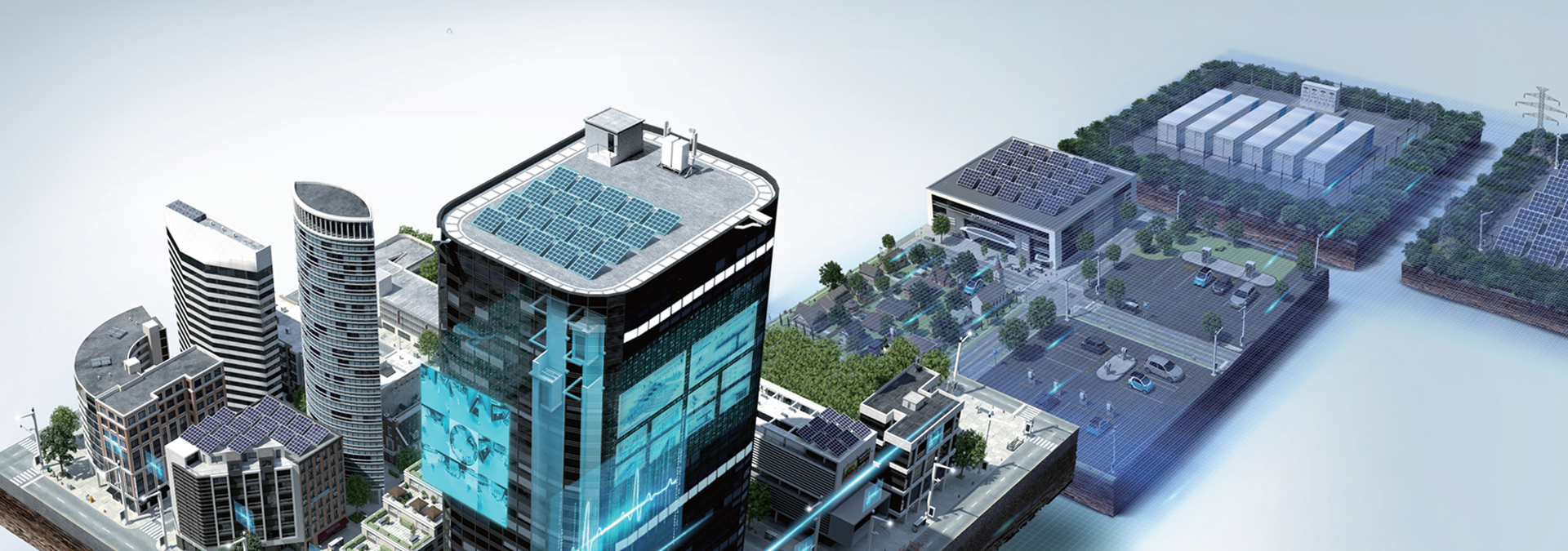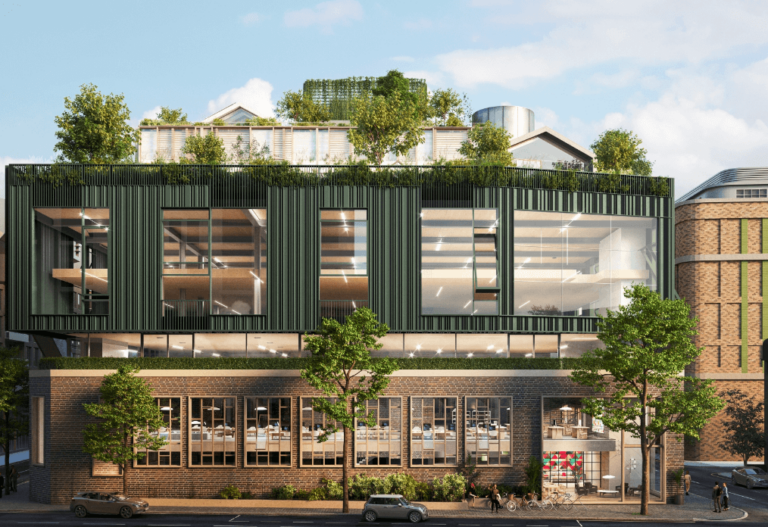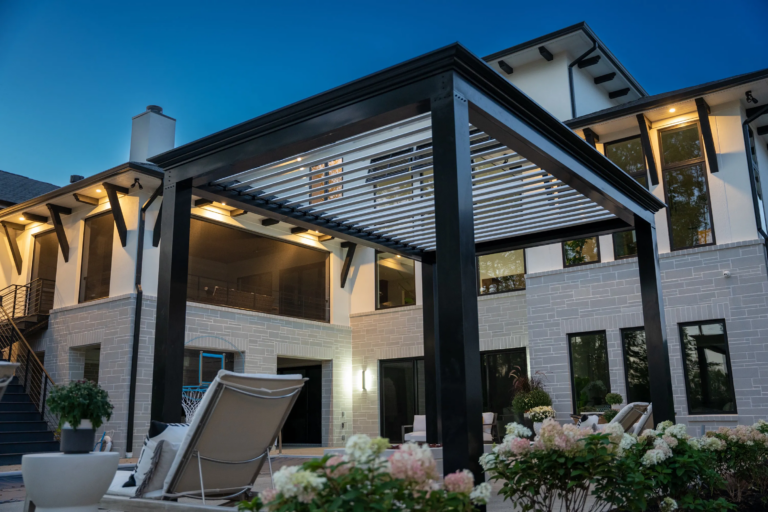Building automation is rapidly transforming the way we manage, operate, and experience buildings. As we look toward 2025, a range of cutting-edge technologies is set to revolutionize building automation. These advancements bring heightened levels of control, efficiency, and sustainability, making smart buildings more adaptable, resource-efficient, and responsive. Here’s a closer look at five major technologies poised to redefine building automation in the coming year.
Advanced Building Management Systems (BMS)
Overview
Building Management Systems (BMS) are not new, but they are evolving. The latest BMS are smarter and more integrated than ever, leveraging sophisticated algorithms, real-time data analytics, and IoT to give building operators unprecedented control over energy use, lighting, HVAC, and more.
Benefits and Features
- Energy Optimization: New BMS can constantly monitor and adjust building systems to reduce energy consumption. They adapt to occupancy patterns, weather forecasts, and other factors, providing just the right amount of heating, cooling, or lighting.
- User-Friendly Interface: Today’s BMS offer intuitive, customizable dashboards that make it easier for operators to interpret data, gain insights, and make real-time adjustments.
- Remote Access and Control: With cloud integration, BMS can be controlled remotely, allowing facility managers to make critical adjustments from anywhere, at any time.
Applications
BMS are being implemented across commercial, residential, and industrial sectors to streamline energy management, enhance occupant comfort, and reduce operational costs. As BMS continue to develop, they play a central role in creating resilient, responsive buildings in 2024 and beyond.
AI-Driven Predictive Maintenance
Overview
Predictive maintenance is a proactive approach that uses artificial intelligence to forecast when building equipment might need service. By analyzing data from sensors and other sources, AI algorithms identify patterns and anomalies that indicate potential issues before they become critical.
Benefits and Features
- Reduced Downtime: Predictive maintenance helps minimize unscheduled downtime by detecting faults early. Buildings can avoid sudden breakdowns and costly emergency repairs.
- Extended Equipment Life: AI-driven insights help building operators service equipment only when necessary, preventing both premature and delayed maintenance, which can wear out components.
- Cost Savings: Predictive maintenance optimizes resource allocation, helping property managers save on labor and replacement parts..
"As IoT, Augmented Reality, and advanced security systems redefine building automation, they bring unprecedented levels of efficiency, safety, and adaptability. From real-time data-driven insights to seamless access control, these technologies are setting a new standard for smart buildings in 2025."
IoT-Enabled Sensors and Devices
IoT sensors provide real-time data on factors like occupancy, air quality, temperature, and lighting, allowing buildings to adjust automatically. These sensors optimize energy use, improve occupant comfort, and seamlessly integrate with other systems, like security and access control, to enhance overall building efficiency.
Augmented Reality (AR) in Building Operations
AR technology supports maintenance teams by overlaying digital information onto physical spaces. This allows technicians to visualize systems, receive remote assistance, and access data in real-time. AR is particularly valuable in training new staff and speeding up repairs by providing quick access to essential information, thus reducing downtime.
Advanced Security and Access Control Systems
Advanced systems now use biometric authentication (like facial recognition and fingerprint scans) and mobile access to enhance security and convenience. Cloud-based centralized management simplifies access control for multiple sites, offering a secure, keyless entry experience and improving safety for high-security facilities like corporate offices and hospitals.
The building automation landscape is evolving rapidly, with each of these emerging technologies driving a more intelligent, sustainable, and efficient future. Whether it’s reducing energy consumption with BMS, anticipating maintenance needs with AI, or creating more secure environments with advanced access control, these technologies redefine what’s possible in building management. ARE Building Technology is dedicated to staying at the forefront of these innovations, helping to create smarter, safer, and more sustainable buildings for the future.





